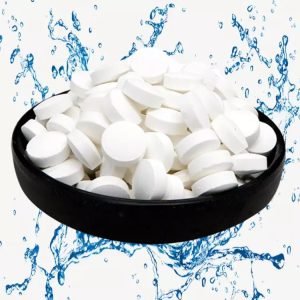High Temperature Alloy Powder: Properties, Applications, and Future Trends
High Temperature Alloy Powder: Properties, Applications, and Future Trends
High temperature alloy powders are advanced materials engineered to withstand extreme thermal and mechanical stress. These specialized metal powders exhibit exceptional heat resistance, corrosion stability, and mechanical strength, making them indispensable in industries operating under severe conditions.
Key Properties and Characteristics
These alloys maintain structural integrity at temperatures exceeding 1000°C through solid solution strengthening and precipitation hardening. Critical properties include oxidation resistance, creep resistance, and thermal fatigue performance. Common base elements include nickel, cobalt, and iron, often enhanced with chromium, aluminum, and refractory metals.
Industrial Applications
Aerospace components like turbine blades and combustion chambers utilize these powders for additive manufacturing. The energy sector employs them in gas turbines and nuclear reactors, while automotive manufacturers use them for high-performance exhaust systems and turbochargers.
Future Development Trends
Emerging trends include nano-structured alloys for enhanced performance, improved recyclability, and compatibility with advanced manufacturing techniques. Research focuses on reducing rare earth element dependency while maintaining performance standards.
Frequently Asked Questions
What makes high temperature alloy powders different?
Their unique composition provides superior performance under extreme thermal cycling and mechanical loads compared to conventional alloys.
How are these powders produced?
Common manufacturing methods include gas atomization and plasma rotating electrode processing for spherical, uniform particles.
Discover premium High Temperature Alloy Powder solutions for your advanced manufacturing needs. Contact our experts today for material specifications and technical support.


